Collection gallery
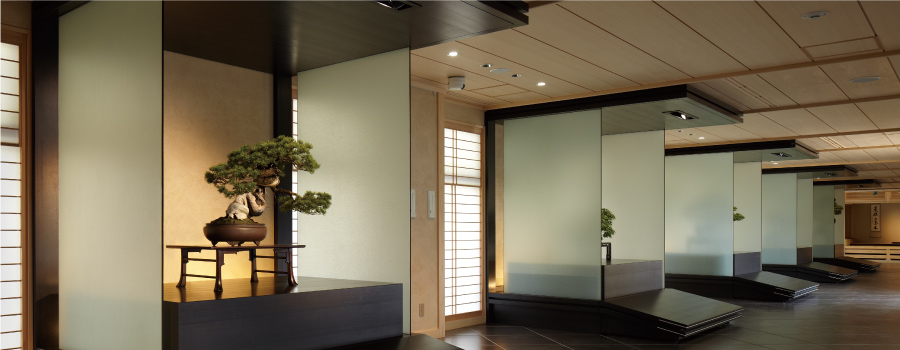
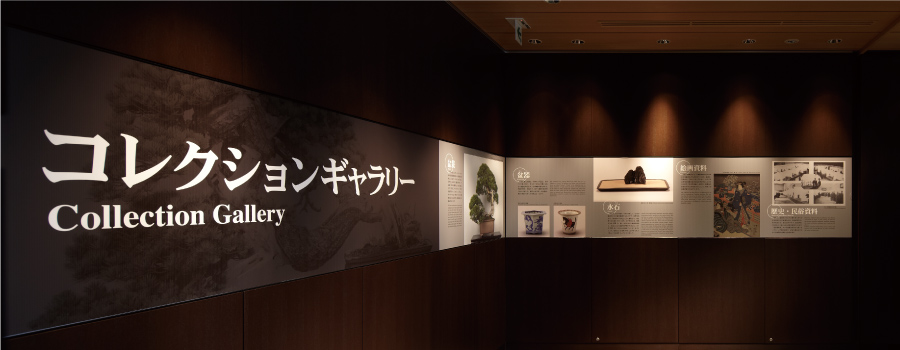
The Collection Gallery is made up of three areas named the Introduction Area, the Main Gallery and the Zashiki-kazari Area.
The Introduction Area presents Bonsai culture through monthly displays of the materials deeply related to Bonsai such as bonki, suiseki-stones, pictures and both historical and folkloric materials.
Next to the Introduction Area, the Main Gallery and the Zashiki-kazari Area unfold as a Bonsai tree display space. Every week, five (5) and three (3) Bonsai trees suited to the season are exhibited at the Main Gallery and Zashiki-kazari Area, respectively.
Zashiki-kazari
During the Muromachi period (14c-17c), basic styles were established for interior decorations such as hanging scrolls and other artifacts.
Furthermore, in the Edo period, the rooms were classified by the formalities, Shin, Gyo and So. The decorations of each room were designed based on their formalities.
Ever since, these rooms have played important roles as a space to entertain guests.
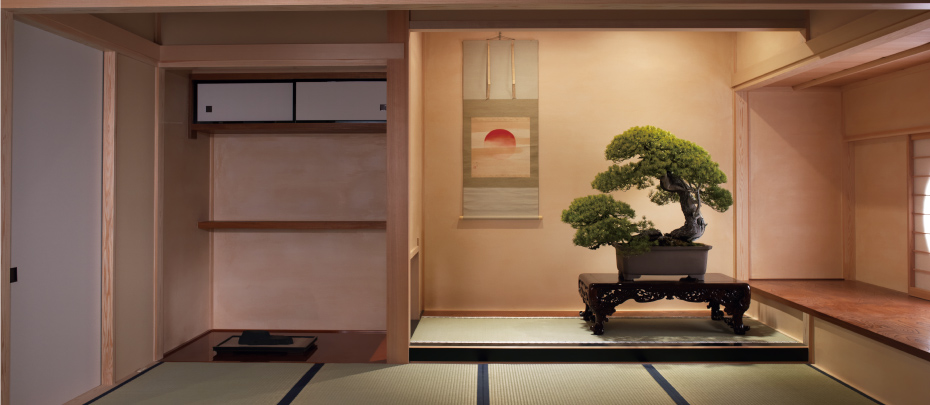
-
The Shin style room
The Shin style room is the most prestigious style of the zashiki, or Japanese style room. Toko-bashira is made of a straight-grained Japanese cedar, and shimo-gamachi is coated with black Japanese lacquer. Suited to seat a person of high social standing, there are formalities in the arrangements of these rooms, in accordance with protocol, such as having a tokonoma with tatami mats with korai-beri. Various items are also placed there as decoration, such as suiseki-stones and incense burning sets on tokowaki-dana.
This is zashiki appropriate to adorn with an elegant bonsai.
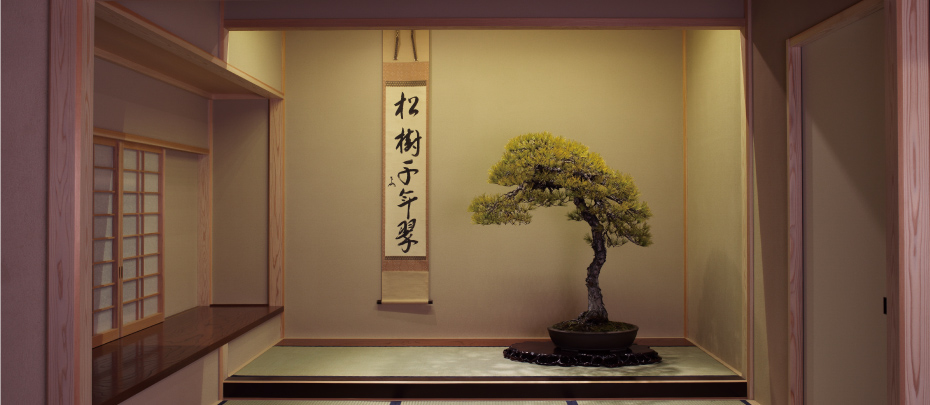
-
The Gyo style room
Shin, Gyo, and So are the three traditional styles originating in Chinese calligraphy. Compared with the strict Shin, So style is free and portrays movement, and Gyo style falls between these two.
Most of zashiki in modern times are made in Gyo style. Decorating with moyogi, or hanamono suits this style of room.
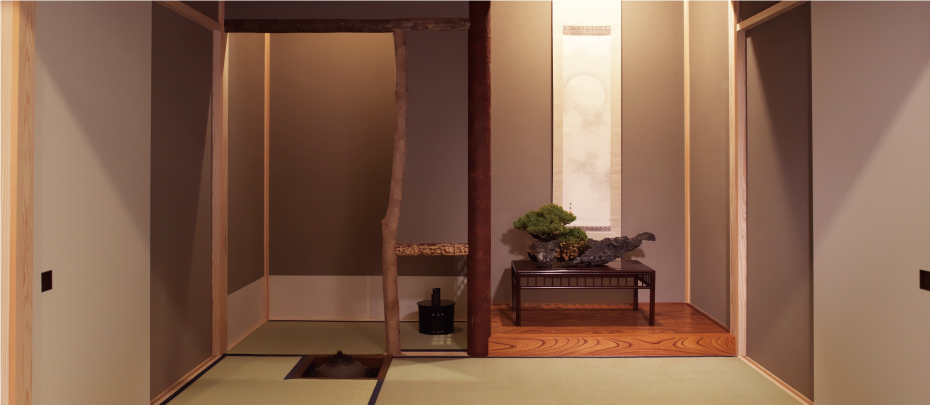
-
The So style room
The So style room was designed mostly for use as a tearoom. Using different woods for pillars and frames, the room is filled with variety, so as to cause one to not feel confined despite limited space. Daime-datami on the left side of the alcove, is a place to prepare tea. Besides bunjingi bonsai, a bonsai rich in movement, kusamono bonsai or a suiseki-stone is suited to decorate this style of room.



